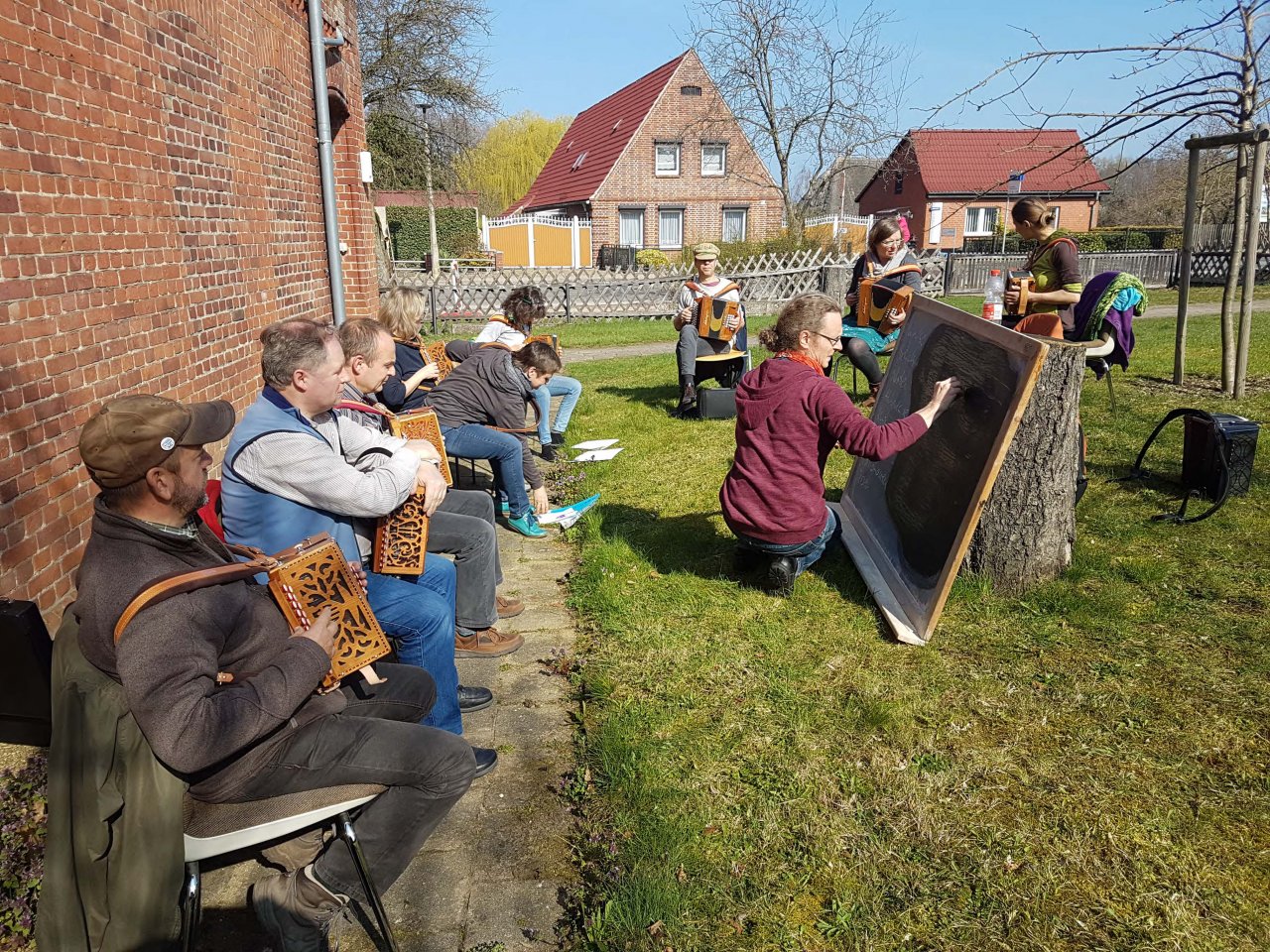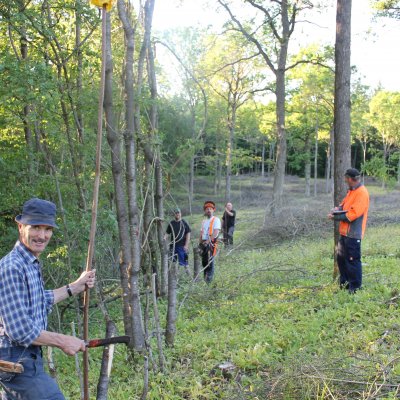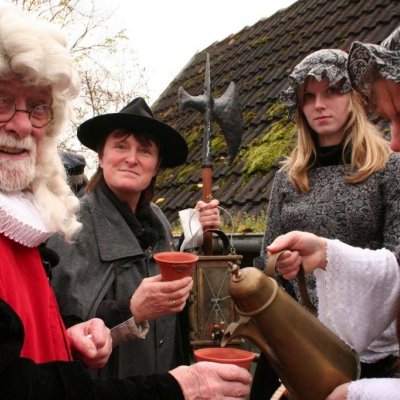Register of Good Safeguarding Practices
Revitalisation of Playing the Diatonic Accordion in Mecklenburg-Vorpommern

The diatonic accordion originated at the beginning of the 19th century in the German-speaking world. It spread first into neighbouring countries and later also worldwide. Today the instrument is played mainly abroad. In Germany it almost disappeared and is now once again increasingly shaping the local awareness of younger generations.

Fact & Figures
Crucial date: Throughout the year
Inscription: 2020
Domains: Good Safeguarding Practice
Where to find: Mecklenburg-Vorpommern
Contact
Klöndör e.V.
Dr. Ralf Gehler
@email
Since the 1860s, playing the diatonic accordion has been one of the style-defining practices in the methods of playing instrumental folk music in Mecklenburg and Vorpommern. The relatively small instrument quickly conquered the dance halls of the villages and formed the musical background of communal entertainment.
Robust, loud and universally applicable, the accordion initially replaced the violin ensembles in folk music, and its specific construction shaped new melodies in dance music and song. During the First World War, playing the accordion became a comforting experience in the trenches. In the 1950s and 1960s Rock 'n' Roll and beat music made the instrument less and less part of the dance music bands. The diatonic accordion continued to exist at company and family celebrations until the 1970s.
Playing the instrument is fundamentally different from playing the chromatic accordion. The original instrument of the 19th century was equipped with ten buttons on its treble side, which allowed diatonic playing over two octaves. The simple and very limited handling encouraged playing by ear. After 1900, the musical possibilities of the diatonic accordion were extended by a second and third row and thus an additional key, some semitones and the extension of the basses.
The interest in the diatonic accordion is currently growing within the folk scene of Germany and especially Mecklenburg. The growing interest is due to young players from England, Belgium and France, who create modern folk dance music out of the style of their tradition.
Annual seminars on the diatonic accordion are regularly attended by a dozen people. The number of regularly playing and practicing players in Mecklenburg-Vorpommern is estimated at about 100. The state government of Mecklenburg-Vorpommern also supports a scientific documentation of playing the diatonic accordion.
The access to this cultural form is very open. The instruments are produced by several German or international companies. The melodies are often played by ear. The Centre for Traditional Music at the Open Air Museum for Folklore in Schwerin offers information, sheet music materials, seminars and music-making opportunities for anyone who wants to learn about the instrument.




